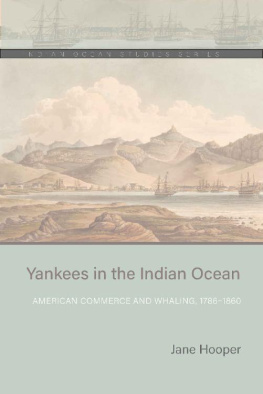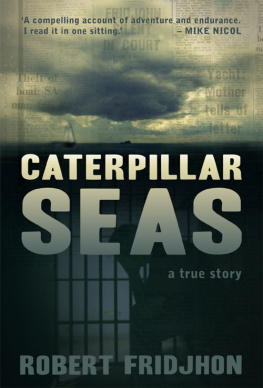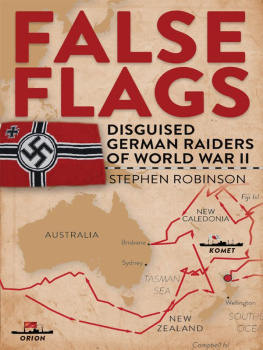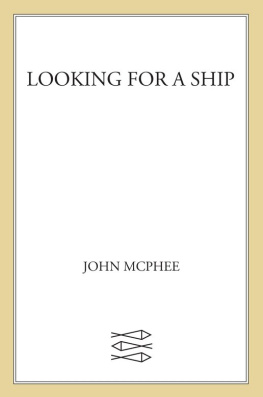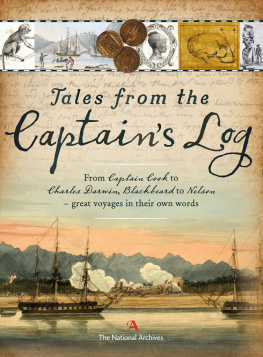The Johns Hopkins University Press
Directors Circle Book for 2014
The Johns Hopkins University Press gratefully acknowledges members of the 2014 Directors Circle for supporting the publication of works such as True Yankees:
Anonymous
Dominic and Helen Averza
John and Bonnie Boland
Richard Burgin
Charlotte G. and William R. Cronin
Jack Goellner and Barbara Lamb
John T. Irwin
John and Kathleen Keane
Cindy Kelly
Ralph S. OConnor
Anders Richter
Daun and Patricia Van Ee
The Johns Hopkins University Studies in Historical and Political Science
131st series (2014)
1. Dane A. Morrison, True Yankees: The South Seas and the Discovery of American Identity
True Yankees
The South Seas and the Discovery
of American Identity
DANE A. MORRISON

2014 Johns Hopkins University Press
All rights reserved. Published 2014
Printed in the United States of America on acid-free paper
2 4 6 8 9 7 5 3 1
Johns Hopkins University Press
2715 North Charles Street
Baltimore, Maryland 21218-4363
www.press.jhu.edu
Library of Congress Cataloging-in-Publication Data
Morrison, Dane Anthony.
True yankees : the South Seas and the discovery of American identity / by Dane A. Morrison.
pages cm
Includes bibliographical references and index.
ISBN 978-1-4214-1542-0 (hardcover : alk. paper) ISBN 978-1-4214-1543-7 (electronic) ISBN 1-4214-1542-9 (hardcover : alk. paper) ISBN 1-4214-1543-7 (electronic) 1. National characteristics, AmericanHistory. 2. Ship captainsUnited StatesHistory. 3. Merchant marinersUnited StatesHistory. 4. OceaniaDiscovery and explorationAmerican. 5. South Atlantic Ocean RegionDiscovery and explorationAmerican. 6. Travelers writings, AmericanHistory and criticism. I. Title.
E164.M86 2014
917.3dc23 2014008716
A catalog record for this book is available from the British Library.
Special discounts are available for bulk purchases of this book. For more information, please contact Special Sales at 410-516-6936 or .
Johns Hopkins University Press uses environmentally friendly book materials, including recycled text paper that is composed of at least 30 percent post-consumer waste, whenever possible.
CONTENTS
ACKNOWLEDGMENTS
A number of inspiring people have helped to move this book along its voyage to its own final port. I suppose that it began with a conversation with John Brooke in a cafeteria at Tufts University, where I first broached the idea of a connection between American voyages to the East and the formation of a national identity, and John argued that this issue deserved further study. Along the way, two engaging National Endowment for the Humanities seminars introduced me to both thoughtful and articulate colleagues and the bodies of knowledge that inform the book. One was an institute on Maritime History and Culture, led by the astute team of Benjamin Labaree, Edward Sloan, John Hattendorf, and William Fowler and situated on the enchanting grounds of the Mystic Seaport Museum. The other, led by Wayne Franklin and held at the American Antiquarian Society, was a seminar in the history of the book in American culture, Re-Reading the Early Republic: From Crvecoeur to Cooper, revealing the world of print culture and challenging me to think about books, authors, and audiences in entirely new ways.
I have certainly benefitted from inspiring conversationsand pointed critiquesfrom a number of friends and colleagues, among them Cindy Larson, Matthew MacKenzie, Katrina Gulliver, Michael Feener, Emily Murphy, Nancy Schultz, Al Andrea, and Carolyn Neel. My dear friend and colleague, Thomas Doherty, has been influential in the direction of this project at early and important stages in its development, and his support is truly and deeply appreciated. Parts of the work withstood the trenchant evaluation of my departments writers group, organized by Michele Louro, and I benefitted from the guidance of Michele, as well as Annette Chapman-Adisio, Avi Chomsky, Andrew Darien, and Erik Jensen. Important in this regard, also, was the guidance of an anonymous reader for Johns Hopkins University Press.
The project received generous support from several sources. I am particularly indebted to the American Philosophical Society, where Linda Musumeci skillfully oversees the grants and fellowships programs, for a Sabbatical Fellowship. A George Washington Fellowship from the Massachusetts chapter of the Society of the Cincinnati was also instrumental in supporting this work, and I owe particular appreciation to Renny Little for navigating the arrangements and organizing a keynote talk. Several seed grants from the Salem State University School of Graduate Studies sustained both the research and supported the acquisition of illustrations for the book. Colleague and current department chair Donna Seger has been a staunch supporter since we both arrived on the Salem State University campus two decades ago.
Where would scholars be without the careful guidance of research librarians and archivists? At the Peabody Essex Museums Phillips Library, Kathy Flynn and Irene Axelrod were invaluable pilots through these boundless collections. Andrea Cronin likewise generously offered her expertise on the China Trade materials at the venerable Massachusetts Historical Society. Several curators and staff at the Peabody Essex Museum have been of inestimable help, and I am especially appreciative of the support I have received from Daniel Finamore, Karina Corrigan, Lynn Francis-Lunn, Sam Scott, and George Schwartz.
When we think of the China and Indies trades, the evocative artwork of this domain is one of the first things that springs to mind. I am grateful to a number of people who have helped me navigate this field and acquire striking reproductions for the book. They include Robin M. Tagliaferri at the Forbes House Museum in Milton, Massachusetts, the brilliant Patrick Conner of Martyn Gregory Gallery in London, Anna J. Clutterbuck-Cook at the Massachusetts Historical Society, Susan Drinan of the Philadelphia History Museum at the Atwater Kent, and William Reese at the William Reese Company in Philadelphia (one of my favorite sources of Indies trade texts and art). I owe particular thanks to Kathy Fredrickson and Claire Blechman of the Peabody Essex Museum, who made their expansive collections available and who spent countless hours in identifying and delivering wonderful copies, including a favorite image for the book cover.
I have never enjoyed working with a press as much as I have with Johns Hopkins University Press. The people at JHUP managed this disorganized and often forgetful author with both remarkable professionalism and laudable grace. The very wise and very patient senior editor Bob Brugger was instrumental in helping me to conceive of the project as a set of stories that humanized the history of Americas entry into the Great South Sea. Catherine Goldstead, Mary Lou Kenney, Hilary Jacqmin, Juliana McCarthy, Sara Cleary, as well as copy editor Michael Baker shepherded the manuscript into a readable form.
Finally, the grace and wisdom of two women have sustained me along the course of this project, fostering a home life that is both supportive and studious. To my dear, brilliant wife, Kimberly, and my precocious and vibrant daughter, Abbie, I owe more than I can say.
DANE MORRISON
Newmarket, New Hampshire
INTRODUCTION
On the 11th of May 1785, the American ship the Empress of China slipped into her berth along the wharves of New Yorks East River, to the calls and huzzahs of astonished merchants, sailors, and dockworkers. Hundreds of curious onlookers dropped their ledgers, tools, and carts and raced to observe her arrival. Even in the midst of a staggering economic depression, New Yorkers were used to seeing ships returning from distant Europe and the West Indies or coastal ports like Boston, Philadelphia, and Charleston. But the arrival of this vessel drew exceptional notice because her port of call had been particularly exotic and her cargo was not the usual store of sugar, molasses, and grain carried on a conventional voyage. The
Next page



